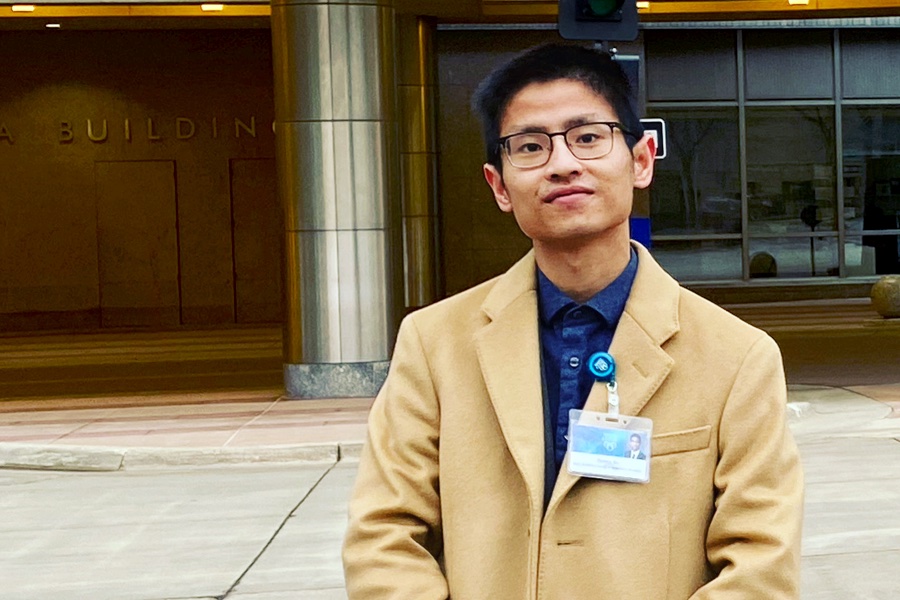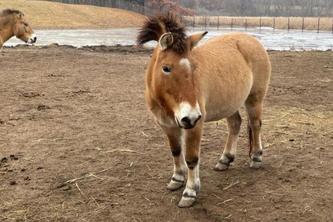
With summer nearly here, the work of Quincy Gu, a bioinformatics and computational biology PhD candidate at the U of M Rochester, takes on particular significance.
Too much sun exposure can cause melanoma, the deadliest skin cancer. To diagnose it, pathologists examine microscope slides of biopsied skin lesions.
But pathologists can make mistakes, especially with early-stage melanoma.
To reduce the chance of errors, Gu used machine learning to build a technology—an AI "model"—that can examine an image of a microscope slide and rate each pixel as “normal” or “melanoma.” A pathologist can then give any “melanoma-rated” areas special attention before making a diagnosis.
“For every single pixel of a melanoma patient’s whole slide image, our AI model has an 89 percent chance of successfully identifying it as a melanoma or non-melanoma pixel,” says Gu, who did all his work at the Mayo Clinic, using Mayo data.
The accuracy of Gu’s AI model compares favorably with the track record of pathologists. Gu cites a study in which slides of various stages of melanoma and benign skin lesions had been examined by two pathologists. In the case of the earliest stage of melanoma, the pathologists’ diagnoses agreed an average of 91.1 percent of the time.
If that pattern holds, it means that in almost nine percent of early melanoma cases, a pathologist would miss something that another pathologist would not. Moreover, another study reports that 25-26 percent of the time, pairs of pathologists disagreed as to whether a lesion was malignant melanoma or an often dark-colored benign lesion known as a nevis.
But if pathologists could examine slides after Gu’s AI model had evaluated them, they could start by checking any areas the model identified as melanoma. If they agreed with its assessment, they could make a diagnosis earlier, using the extra time to more closely scrutinize the relatively few slides where the model may have missed a cancer.
Gu has also trained his AI model to detect colorectal cancer, which it has done with an average of 90 percent accuracy.
Caring for other students
Besides his research, Gu organized a student-led biomedical research conference for undergraduate, graduate and medical students, plus some high school students. It runs May 6-7, 2023, at the Mayo Clinic.
“The goal is to make them understand you and feel interest in your research and make them think about, ‘Maybe I want to be a scientist,’” Gu explains.
International students interested in research should reach out to faculty, he adds.
“Speak up for yourself and show your abilities,” Gu says. “There are always faculty willing to take students, even at the very beginning of their training.”
He also advises students to think beyond the stereotype of what a Ph.D. is: “Getting a Ph.D. doesn’t always mean you have to be a professor. You can do whatever you want.”
And he practices what he preaches. Gu joins Roche this summer as an imaging scientist.
“I prefer to see my scientific research turn into a real product that can be used clinically to fit the needs of patients,” he says.
Read the original story on the International Student and Scholar Services site.
- Categories:
- Science and Technology
- Medical
- Research
- Science





